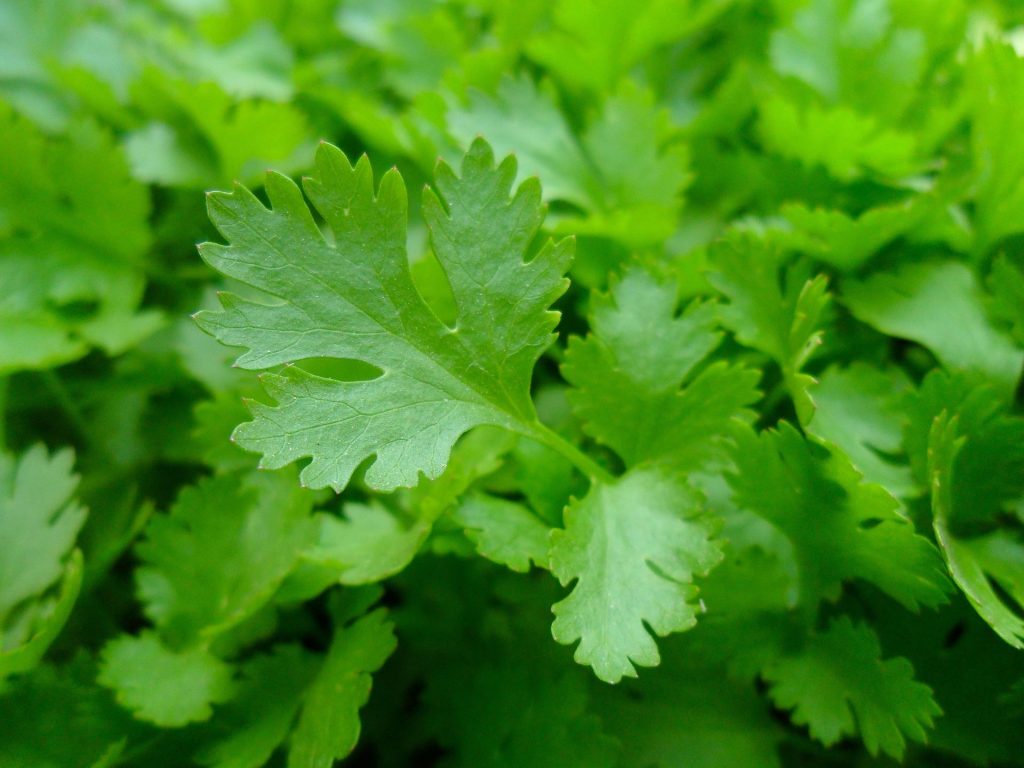Parsley and Health
Parsley, scientifically known as Petroselinum crispum, is a biennial herb native to the Mediterranean region. While parsley is best known as a culinary herb, it is also a powerful medicinal plant with a wide range of health benefits. Traditionally, parsley has been used in folk medicine for its diuretic, anti-inflammatory and antioxidant properties. Its leaves are particularly rich in vitamins, minerals and bioactive compounds, making it an excellent dietary supplement.
Medicinal properties and benefits of parsley:
- Cleansing, purifying and hygienic of the urinary system.
- Relief from inflammation and infections in the urinary system.
- Anti-inflammatory properties that strengthen the immune system.
- Contains antioxidants to strengthen the body cell immunity, and the immune system.
- Relief and treatment of digestive and intestine problems such as bloating and gas removal from the intestines.
Overview on the benefits and uses:
- Urinary tract health: Parsley leaves are known for their diuretic effect, which helps treat infections and urinary tract infections (UTIs). By increasing urine output, parsley helps flush bacteria from the urinary tract, thus cleansing the urinary tract and reducing the risk of infections. The plant contains compounds such as myristicin and apiol, which are considered substances with a cleansing and diuretic effect. In traditional Jewish / Kabbalistic, Indian (Ayurvedic), Greek and shamanic medicine, parsley is considered to help relieve the urinary tract.
- Anti-inflammatory and antioxidant properties: Parsley is rich in flavonoids, including apigenin, and essential oils with strong anti-inflammatory and antioxidant effects. These compounds help reduce inflammation in the body and protect cells from oxidative damage (antioxidant effect), thus potentially reducing the risk of chronic diseases such as heart disease and cancer. In addition, parsley’s high vitamin C content increases its antioxidant capacity.
- Healing Benefits: Parsley leaves have traditionally been used to aid digestion and treat digestive problems such as bloating and indigestion. Its properties help to remove gas from the intestines and soothe the digestive system. In folk medicine, parsley has also been used to treat swelling and insect bites due to its anti-inflammatory effects.
- Traditional Uses:
In Jewish and Kabbalistic medical tradition: Parsley was mentioned in the writings of Maimonides (Rambam) and is sometimes associated with purification and purification rituals, especially during Passover as part of the Seder plate. Its medicinal uses in these traditions are consistent with its role as a diuretic and purifying agent.
In Ayurvedic (traditional Indian) medicine, parsley is used to balance the doshas “pitta” and “kapha”, and is often used to treat digestive and urinary tract problems.
In Greek medicine, parsley was used to treat a variety of ailments, including as a means of treating kidney stones and supporting overall urinary tract health.
Chinese medicine considers parsley a warming herb, used to aid digestion and promote kidney health.
Shamanic traditions: Parsley is sometimes used in rituals and herbal medicine to cleanse the body and mind, as well as to treat physical ailments such as digestive disorders.
Side effects
While parsley leaves are generally safe to use for most people, use in moderation and do not overdo it. Parsley contains oxalates, which, when taken in excessive amounts, may contribute to the formation of kidney stones in susceptible individuals. Pregnant women should avoid consuming large amounts of parsley, as it may cause uterine contractions. Additionally, people taking blood-thinning medications should consult a healthcare provider before using parsley as a dietary supplement due to its vitamin K content.
Dosage as a dietary supplement
As a dietary supplement, parsley is typically consumed in the form of fresh leaves, dried powder, or extracts. A general recommended dosage is:
Dried powder: 1-2 grams per day, sometimes taken in capsules.
These amounts provide a good balance of beneficial compounds in the plant without the risk of overconsumption.
Growing Conditions and Historical Significance
Parsley thrives in well-drained, nutrient-rich soil and prefers a location with partial to full sun. It is relatively easy to grow and can be grown in gardens or containers. Historically, parsley was brought to Western Europe from the Mediterranean region, and has been used for a variety of culinary and medicinal purposes for centuries. The ancient Greeks believed parsley to be sacred, associating it with death and resurrection, and used it in both culinary and medicinal contexts. The introduction of parsley into Western herbal medicine was greatly influenced by these ancient practices, and it continues to be valued for its wide range of health benefits.
References:
- Anti-inflammatory and Antioxidant Properties: “Flavonoids in Parsley: Health Benefits and Bioavailability.” Nutrients Journal.
- Urinary Tract Health: “The Role of Parsley as a Diuretic in Herbal Medicine.” Journal of Ethnopharmacology.
- Healing Benefits: “Traditional Uses of Parsley in Digestive Health.” HerbalGram.
- https://prisso.co.il/parsleymedicinalherb
- Side Effects: “Safety of Parsley Consumption: A Review.” Food Chemistry Toxicology.
- פטרוזיליה – 8 יתרונות מפתיעים של בריאות. וואלה בריאות. 10/8/2022
- Petroselinum crispum has antioxidant properties, protects against DNA damage and inhibits proliferation andmigration of cancer cells
Esther Lai‐Har Tang,Jayakumar Rajarajeswaran,ShinYee Fung,and MS Kanthimathi
J Sci Food Agric. 2015 Oct; 95(13): 2763–2771.
Published online 2015 Feb 19. doi: 10.1002/jsfa.7078
PMCID: PMC5024025
PMID: 25582089
- Flavonoids: an overview
N. Panche,1,2A. D. Diwan,2,*and S. R. Chandra1
J Nutr Sci. 2016; 5: e47.
Published online 2016 Dec 29. doi: 10.1017/jns.2016.41
PMCID: PMC5465813
PMID: 28620474


